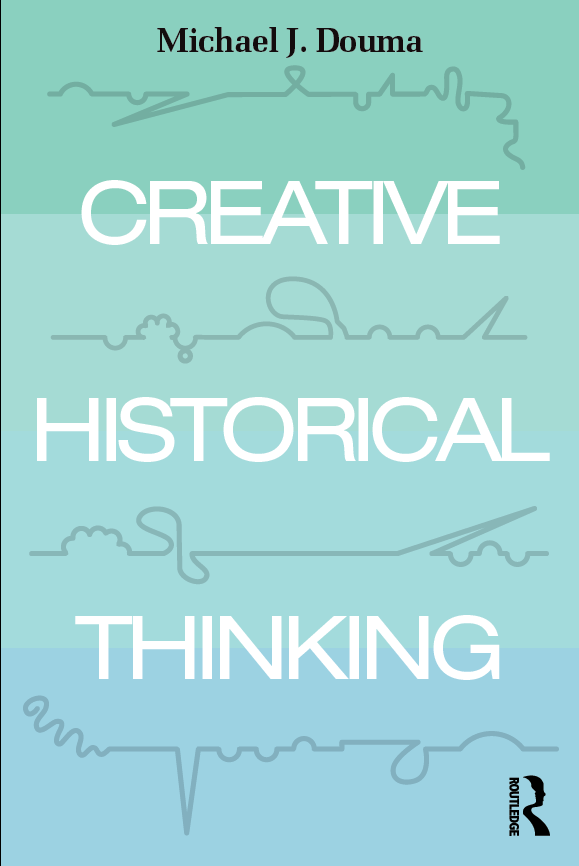According to a newly published article, a quarter of all citations in peer-reviewed works on history “do not substantiate the propositions for which they are cited.” The authors call this an “error rate” or “quotation error.”
No historian’s writing is perfectly free of such errors. Sometimes we write down the wrong date of a source, or our footnotes later get switched or confused as we revise a paragraph. Some people certainly invent footnotes or sources altogether. A 25% footnote error rate seems high, but not improbable.
My own recent anecdotal experience tracking down some footnotes illustrates this.
A few days ago, I went to the national archives in Maryland to check on two footnotes from a single source. I’ve recently written a short article (soon to be published) about a German Reformed minister named Augustus Schade who defrauded dozens of investors in a Panama land scheme and then committed suicide in 1913. This is why I was surprised to find a peer-reviewed, published article from this year that included a reference to correspondence between Augustus Schade and American officials in Panama in 1916 and 1920. Certainly this was a mistake, I figured. Schade was dead in 1913 and couldn’t be writing letters in 1916? Was this a different Schade? Did the Schade I was interested in fake his death and move to Panama? Probably not, but I had to find out. I had to see the source for myself.
First, I emailed the author of the article to ask if he could provide any more information on this source.
“Dear ——
I have been researching Augustus Schade, a German Reformed minister who sought to establish a colony in Panama in 1910-1913. I found him mentioned in your article “Gone West to the Tropics…”
Schade died in 1913, so he could not have been directly responsible for any actions in the period from 1914 – 1921, but he very well could have played a role in shaping politics there before then.
I’m interested to know how you encountered his name and if you have any sources about him in Panama that you would be willing to share.
Best regards,
But three weeks passed and the author never responded. Perhaps I could have written a kinder, better email, I thought. But, maybe it would not have mattered. A scholar who doesn’t check his footnotes might not also check his email, or even care if someone found an error in his research. So, it was off to the archives. Maybe you know the old history profession proverb about crossing the ocean to confirm a footnote.
From the outset, I knew I was going to have trouble. The first footnote read “RG 84, Vol. 27” and then the date of the correspondence, 1916. The second footnote was also “RG 84, Vol. 245” and the year 1920. “RG” stands for “Record Group” and the archives is organized into hundred of record groups. Of course, each record group is absolutely enormous, thousands of boxes. And, it is not organized into volumes. The footnote should have said something like “RG 84” and then the sub-group such as the Panama embassy or the American Consulate in Colon. With the help of an archivist, I had to guess at the possible files where the footnote was pointing to.
There were additional problems, however. None of the RG 84 files for Panama had a volume 27 that corresponded with papers dated 1916, nor a volume 245 that held papers from 1920. So, I had to request volumes 27, 245, and others with papers from 1916 and 1920.
Hours later, having leafed through thousands of documents, I hadn’t come across any reference to Schade.
Now, it is very likely that the documents I was looking for do exist. I assume the author of the article simply was mistaken, that he mixed up his notes, or confused one source for another as he was revising his article. These kinds of mistakes happen to the best of us, even if we try hard to avoid them.
I give the author the benefit of the doubt, and I’m not going to use his name, or draw further attention to it, especially because he is a junior scholar, currently working on his dissertation. He is, however, an assistant editor of a journal, and that is bit worrying. But if 25% of all footnotes are in error, then this one is nothing out of the ordinary.






